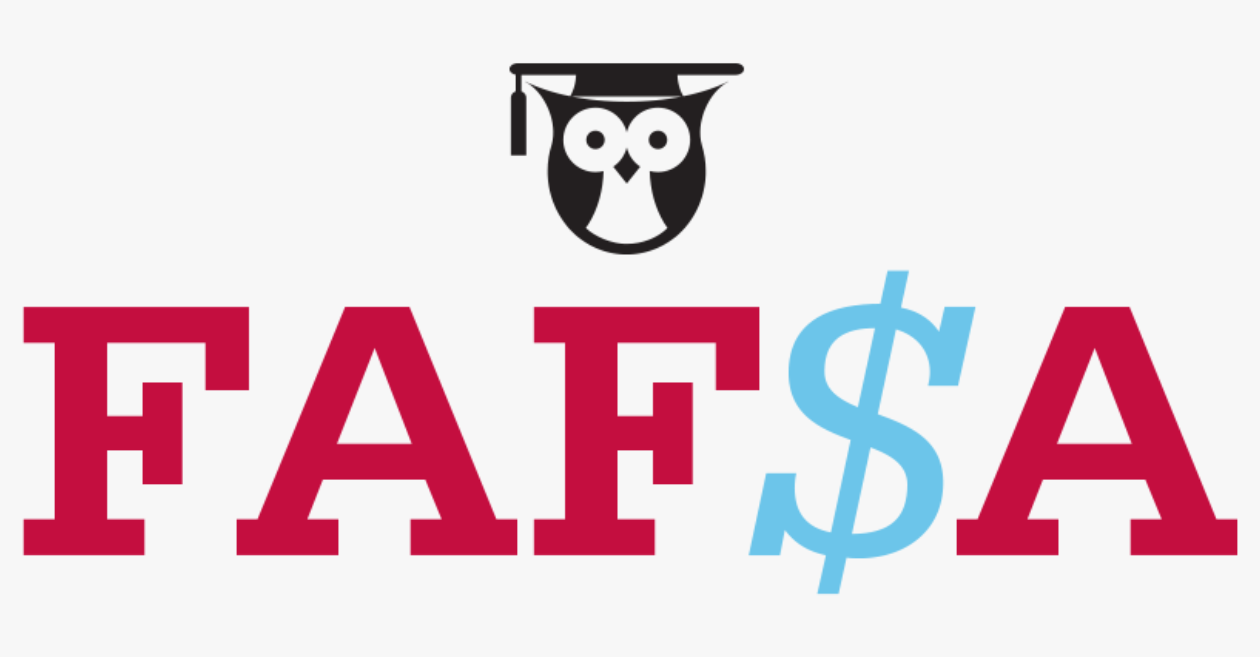


In the confusing world of college and money, there's a helpful thing called FAFSA. It's like a guiding light for many students and families. FAFSA is a crucial paper that opens up chances to get money for college, turning those big dreams into reality. Let's explore what FAFSA is, in simple terms, and learn about the important stuff every student should know.
At its core, FAFSA is the acronym for the Free Application for Federal Student Aid. It is the gateway to a multitude of financial aid opportunities offered by the U.S. Department of Education to help students cover the costs of higher education. FAFSA serves as the primary tool for determining a student's eligibility for federal grants, loans, and work-study programs.
FAFSA is like a magic key that helps you get money for college. When you fill out the FAFSA form, you're unlocking opportunities for financial aid, such as grants, work-study, and loans. It's the first thing you should do to make college more affordable and ease the cost of your education.
By providing a snapshot of a student's financial situation, FAFSA helps colleges and universities assess the financial need of each applicant. This information allows educational institutions to offer tailored financial aid packages, making education more accessible to a diverse range of students.
In addition to federal aid, many states and colleges use FAFSA data to determine eligibility for their financial assistance programs. This makes FAFSA a crucial document for tapping into a broader spectrum of aid opportunities beyond federal offerings.
Understanding the core components of the FAFSA form is crucial. Let's break it down:
This section includes basic details like your name, date of birth, Social Security number, and contact information. Make sure to double-check for accuracy.
FAFSA delves into your and your family's financial details. This includes income, assets, and benefits. Don't be intimidated; the goal is to gauge your financial need accurately.
You can list up to ten schools to receive your FAFSA information. Be strategic; choose institutions you're genuinely considering attending.
Depending on your age, marital status, and other factors, you'll be categorized as either a dependent or independent student. This influences the information you need to provide.
Now that you understand the basics, let's navigate the FAFSA process step by step:
Your Federal Student Aid (FSA) ID serves as your electronic signature. Both you and your parent (if applicable) will need separate FSA IDs.
Before diving in, collect required documents like your Social Security card, tax returns, and W-2 forms. Having these on hand streamlines the process.
Access the form online and follow the prompts. Use the IRS Data Retrieval Tool for accurate tax information and reduce the risk of errors.
Before hitting submit, review your FAFSA carefully. Ensure all information is accurate, and make any necessary corrections.
Let's explore some key statistics that highlight the impact and significance of FAFSA:
| Year | Total FAFSA Applications | Total Aid Disbursed (in billions) |
| 2022 | 22.5 million | $120.8 |
| 2023 | 23.8 million | $125.5 |
| 2024 | (Projected) | $130.2 (Estimated) |
Contrary to popular belief, FAFSA is not exclusive to low-income families. Many factors, including the number of family members in college, influence eligibility. It's a tool for all students seeking financial assistance, regardless of their economic background.
FAFSA is an annual requirement for students seeking financial aid each academic year. Be proactive in submitting your application promptly to maximize your chances of securing aid.
FAFSA stands for Free Application for Federal Student Aid, a crucial form determining eligibility for financial aid for education.
FAFSA is open to a diverse range of students, including incoming freshmen, current students, and graduate students.
The FAFSA form includes personal information, financial details, school selection, and dependency status, all vital in assessing financial need.
The FAFSA process involves creating an FSA ID, gathering necessary documents, completing the online form, and reviewing before submission.
Common mistakes include incorrect personal information, incomplete income details, and missing deadlines, which can impact eligibility for financial aid.

J. Robert Oppenheimer is a significan

California State University (CSU) shi

In the middle of the Silver State, yo

Newman University shines brightly in
Trash to treasure: How Google thinks
Spring Fashion Show at the University
Matter of Impact: April updates from
Android Enterprise security delivers
We are not gonna make spamming
Copyright By@TheWebTrends - 2023
BACK TO TOP